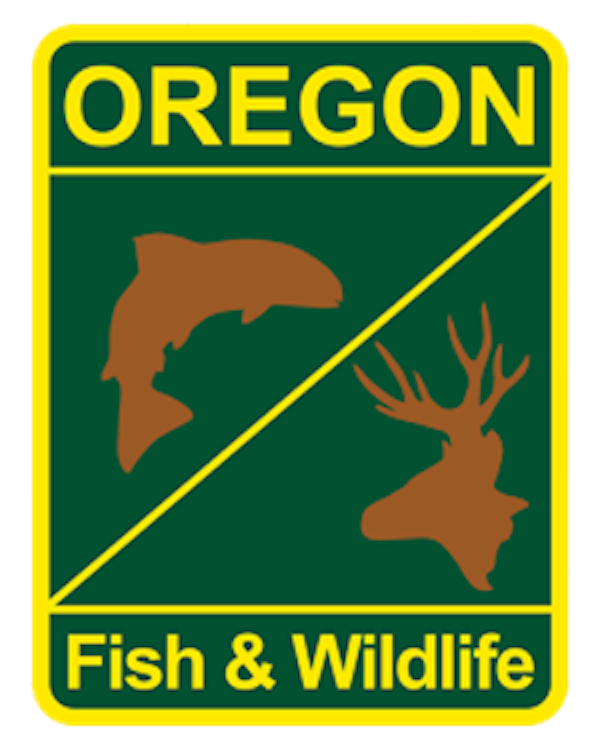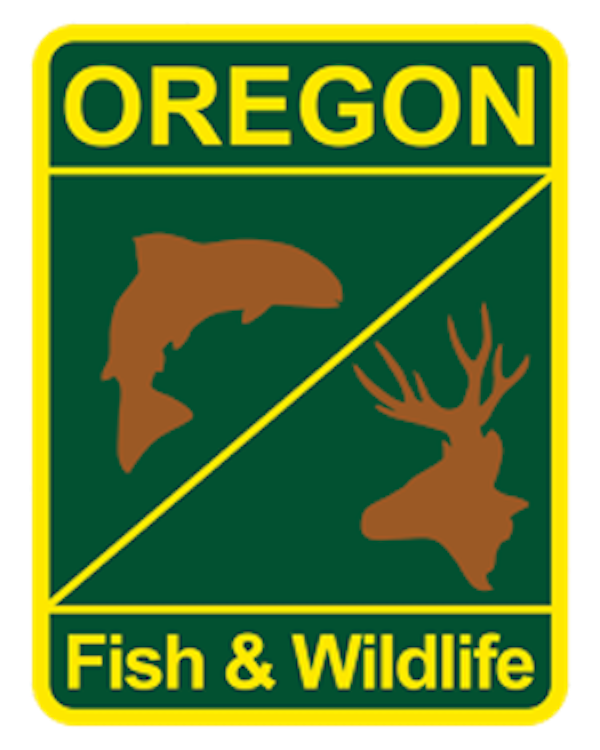Fish Report for 7-6-2021
Annual razor clamming conservation closure on Clatsop beaches, July 15-Sept. 30

by OR Department of Fish & Wildlife Staff
7-6-2021
(619) 221-8500
Website
ASTORIA, Ore – The annual summer conservation closure for razor clams begins Thursday, July 15 through Sept. 30 on Clatsop beaches (from Tillamook Head in Seaside to the mouth of the Columbia River.)
The annual conservation closure allows newly set young clams to establish themselves on the 18 miles of Clatsop beaches. Protecting the clams on these beaches is vital to their population and future clamming opportunities as more than 90 percent of the total razor clam harvest in Oregon occurs here. The annual closure was established in1967.
When razor clamming reopened Oct. 1 last year, a good harvest season was expected as stock assessments showed high abundance with many clams over four inches. However, due to very high levels of domoic acid, razor clamming on Clatsop beaches closed Oct. 30 and remain closed due to continued toxin levels above the closure threshold.
ODFW staff assess razor clam stocks during the conservation closure. The 2020 assessments showed the third highest abundance since 2004 when assessments began.
Razor clam harvesting is open on other state beaches from Cape Lookout (just south of Netarts Bay) south to the California border. The best opportunities outside Clatsop beaches are in the Newport area, with the most consistent producers being Agate Beach, North Jetty, and South Beach. Other razor clam harvest areas include Winchester Bay, Bandon and Gold Beach among others.
Bay clam harvesting is currently open coast-wide.
Always check for toxin-related closures before harvesting clams or crabs by calling the shellfish safety hotline 1-800-448-2472. Closures are also noted on ODA'S Recreation Shellfish page and on ODFW's Recreation Report – Clamming and Crabby Report.
For more information about clamming on the Oregon coast, visit ODFW's Crabbing and Clamming page online.
More Reports
OR Department of Fish & Wildlife Reports
for Thursday, July 1st, 2021: ODFW Recreation Report
Nehalem River: Emergency fishing regulations in response to drought begin July 1: Check the Recreation Report in your zone for info

6-24-2021
Fishing tips for beating the heat Get up early. Fish early in the morning when water temperatures are cooler and fish are...... Read More

Website Hosting and Design provided by TECK.net
